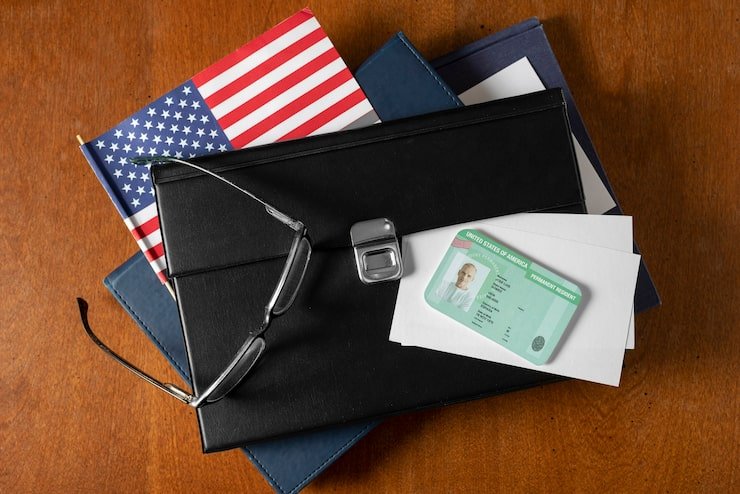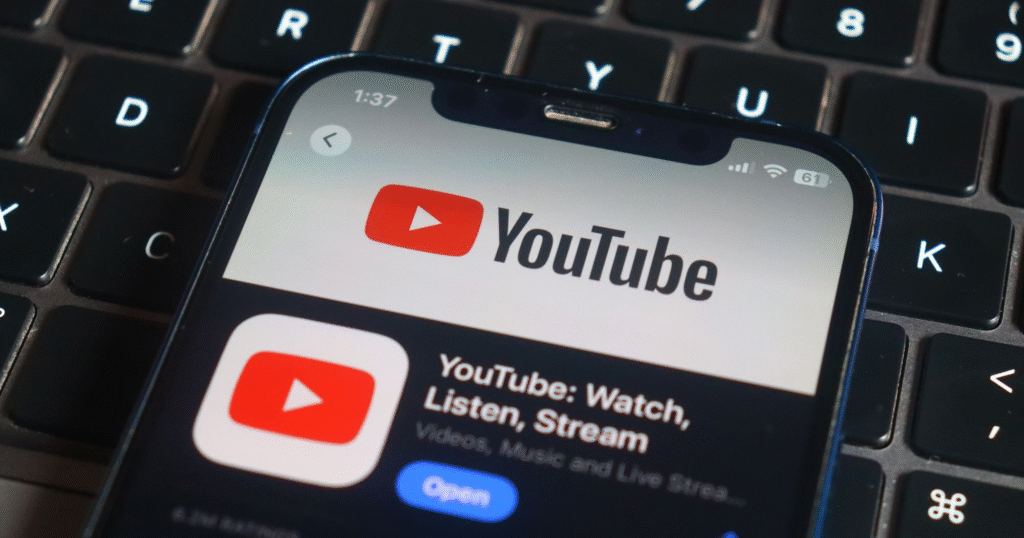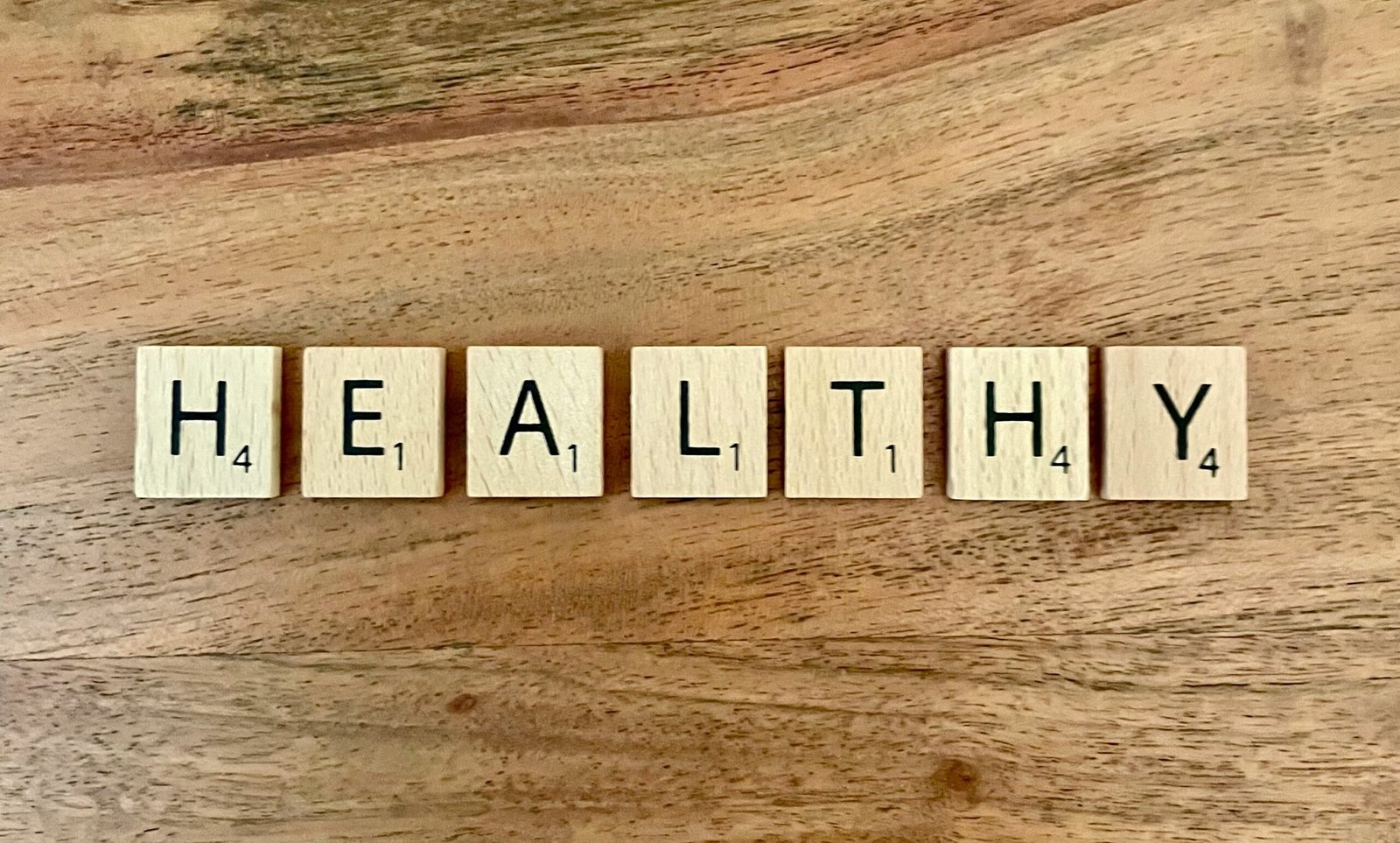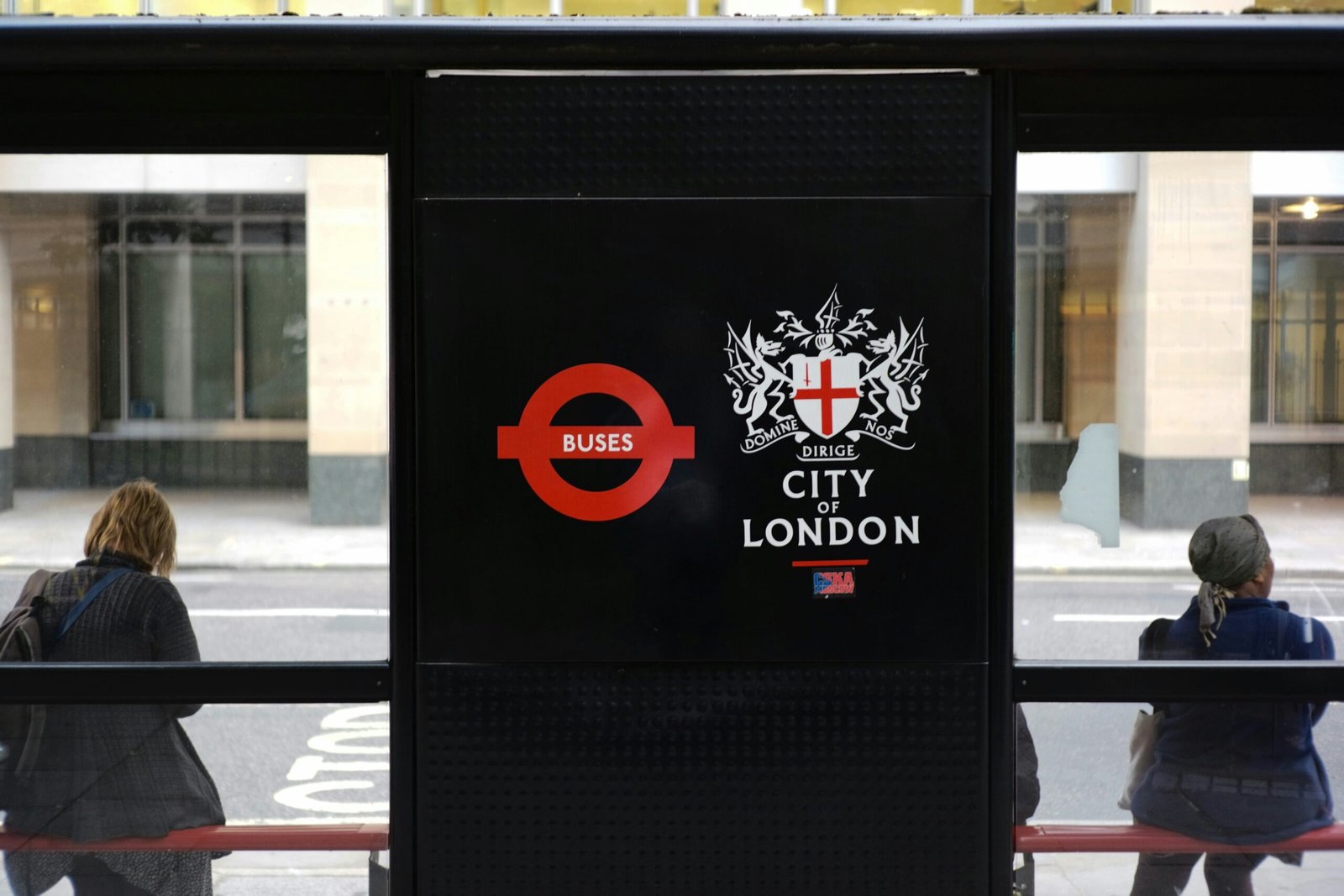Sports were never just about victories, defeats and scoreboards. Fundamentally, they are about connections — among teammates and fans and coaches and communities and cultures. And when we say sports connections hint, we mean those moments in sports that unite us all, that speak to one another and make us share a common language and understanding without using words.
Whether it’s a quarterback’s glance or a coach’s nod or a cheer passed between thousands of fans — those are the hints that turn sports from pure strategy to a social and emotional experience. What are these hints, how do they shape the sports world and why are they more important today than ever before?
What’s an alternate way to describe a Sports Connections hint?
A sports connections hint is a subtle indicator or signal that indicates emotion, strategy, or understanding among players, coaches, and fans. These can be verbal or nonverbal cues. Often they are steeped in team culture, personal rapport or shared tradition.
Imagine a coach holding up two fingers to suggest a specific play. Or a competitor offering a fist bump before a free throw. These are not mere movements — those of trust and of chemistry and of awareness. It’s small gestures like these that telegraph confidence, planning, and backup.
Such nuance plays out everywhere: on high school basketball courts and at NFL sidelines, in packed stadiums and on home watch parties interrupted by groans, squawks and flat out cheers.
Why These Subtle Hints Matter
In the fast-paced, hyper-scrutinized world of sports today, when every move is filmed and then second-guessed online, the subtle signals matter even more.
They build team chemistry. When athletes automatically recognize, and react to, these cues their on-field synergy jumps exponentially. One glance can convey an entire plan, say, when it’s too high risk to chat under pressure.
They also enhance the fan experience. And a team’s longtime supporters — the kind who are so often draped in bright colors — know exactly what to look for and feel more tethered to the game. When a fan knows what a gesture means, it creates a more profound emotional connection with the team and the sport.
And then there is the community aspect. Fans and players in football share certain chants, rituals or traditions that are sports connection clues in and of themselves. Consist of the same interactions, such as the Viking Clap before a soccer match or singing a college fight song, these traditions create unity and identity.
Sporting Ties in Various Cases
In Youth and High School Sports, these clues form the basis for communication. Young athletes often don’t have the confidence to speak, or experience to depend on, so coaches and teammates rely on nonverbal signals and routines to bring everyone along. Sometimes a thumbs-up or a pat on the back can be far more motivating than a long speech.
Again, when we move into the Collegiate arena, traditions take on a more specific form. Teams create their own, school-specific, signature pregame traditions: the routines, chants and signals they use that come to be part of the school’s identity. These shared experiences help to bind the student and alumni community together, resulting in the formation of life-long connections and allegiances.
In Professional Sports, sports connections clues are sharpened into a complex playbook and a facility for reading body language.COMPLETE STORY Players learn and analyze their opponents’ “tells” and make up coded systems of communication. Even fans at home can often pick up the importance of a look exchanged between players or a brisk gesture from the sidelines.
But across the internet and in clicky media, commentators, journalists, and social media stars grab these moments to tell an enticing tale. Even a post-game handshake or mid-game celebration is relatable all over the world to be dissected and examined by fans.
How Fans Fit In to the Conversation
You can feel part of the action without being on the field. Fans have sports connections hints as well — via tradition, community and shared experience.
Has anyone else noticed this phenomenon of cheers and crowd reactions catching on?
Or when a meme or a GIF from a game goes viral, bringing with it a sideline reaction? These moments are embraced and repeated by the fans and often end up becoming an inseparable element of a team’s culture.
All this, of course, has been taken to a whole new level by social media. The slightest wink or gesture by a player becomes a trending hashtag. A signature chant or routine from a team becomes a TikTok challenge. For the platforms, their fans inject new meaning into sports connection clues that reach a lot further than the sports field.
The Psychology Behind the Connection
Why do clues like this resonate so powerfully? It’s basic human psychology.
We’re wired for connection. We humans use body language, tone and subtle signals to know what one another is thinking in ways that have nothing to do with sports. In high-stress, high-speed situations like a game, those instincts are at it even harder.
Nonverbal communication among athletes and coaches is something that develops through repetition, trust and experience. Fans, in the meantime, acquire what psychologists refer to as “social mirroring” — subconsciously mimicking and identifying with what they see onscreen or in person.
These little emotional prompts make us feel like we’re part of something greater. This isn’t just watching a game — this is feeling it.
Sports Connections Today’s hint: the use of modern applications.
Connections matter more than ever in today’s sports world.
Prime-time television now features moments of sideline interaction, pregame ritual and locker-room celebration. About team culture and emotional bonding, coaches speak freely. All the teams are making tremendous investments in player development programs that reach beyond sports and into leadership, mental health, and emotional intelligence.
Fans are invited into these behind-the-scenes moments like never before. In documentaries such as Hard Knocks, Drive to Survive and All or Nothing, we see the messy, unvoiced relationships that propel teams to greatness.
Whether it’s a fledgling soccer team having their first ever pregame huddle or seasoned pitcher sharing a glance with his catcher on a key play in a high-stakes game, these little nods are the lifeblood of teams, traditions, and fandom.
How to Strengthen Sports Connections In Real Life
For coaches, consistency is key. Create and practice a few tells or signs you can rely on. Establish traditions that your team can claim — whether it’s a pregame cheer, a symbol in common. These are the traditions that make your team feel like family.
Awareness and empathy can go a long way for players. Look out for your other teammates nonverbal signals. A high-five or a nod of encouragement at a particularly difficult crossroad could shape the emotional tenor of the game.
Fans often enjoy learning the history and culture of their beloved team. Get the inside jokes, spot the signals, join the traditions — even from your living room.
For broadcasters and analysts, it’s a narrative game. You help millions of us feel more deeply connected when you elevate the emotional and symbolic significance of a moment — rather than just listing the stats.
FAQs About Sports Connections Hint
So what is a “sports connections hint”?
It’s a silent signal — the equivalent of a gesture, a look, a chant — that carries a measure of understanding, a hint of motivation, even a trace of that closest of sports’ emotions: empathy.
Does this encouragement occur at every level of sports?
Absolutely, from little league to the big league, non-verbal and instinctual connections like this exist and quite often are the difference for teams from winning, losing or fan involvement.
Do these suggestions apply only to athletes?
No, no, no, fans, and sometimes the coaches and yes even the talking heads are a part of these moments. A common chant or a contagious sideline celebration can be every bit as meaningful.
Can learning about such cues enhance team performance?
Absolutely. Culture of trust and understanding that helps teams perform under pressure.
How can I pick up on these clues while playing a game?
Notice body language, repeated actions and players’ emotional interactions in key situations. Over time, patterns will emerge.
Final Thoughts: Why It’s Important
The idea of a sports connections hint is, at heart, a statement about the strange ways people think. We crave understanding. We seek belonging. Sports give us a common language, one that communicates through ritual, gesture, symbol and emotion.
These clues are subtle, but they tend to transform any ordinary game into a deeper shared spontaneous moment. They are the secret sauce that bind players, fans, and communities. In a world in which connection so frequently feels temporary, sports are one of the last great places where humans feel as though we’re part of something bigger.
So, the next time you’re watching a game and you see a subtle nod between players, a wink from the coach or a roar from the crowd — don’t ignore it. That’s not just a moment. That’s a message.
That’s the other magic of sports connection, writ large.











